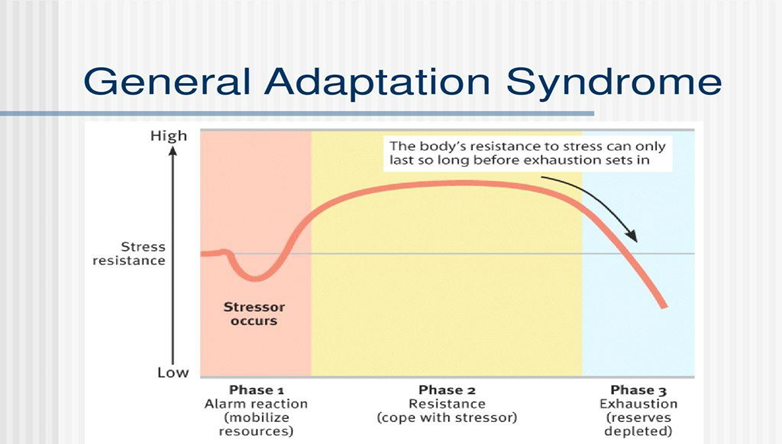The nurse is presenting teaching sessions to a group of clients in a facility for long-term physical rehabilitation. Which client exhibits the highest motivation to learn? The client who:
has been struggling with following nursing directives regarding discharge goals.
is excited to learn about a new prosthesis.
has been there the longest and is a great "coach" for newcomers.
has just moved in and is already waiting for discharge.
The Correct Answer is B
B. This client's excitement to learn about a new prosthesis indicates a positive attitude towards rehabilitation and a willingness to engage in the learning process. Their enthusiasm suggests a high level of motivation to adapt to their new prosthesis and incorporate it into their daily life. Therefore, this client exhibits a high motivation to learn.
A. This client's struggle with following nursing directives regarding discharge goals suggests a lack of motivation or difficulty engaging in the rehabilitation process. They may be experiencing challenges or barriers that are impeding their progress. Therefore, they do not exhibit the highest motivation to learn at this time.
C. While this client may have valuable experience and insights to share with newcomers, being a "coach" does not necessarily indicate a high motivation to learn for themselves. While they may be motivated to help others, it doesn't necessarily reflect their own eagerness to engage in learning activities for their own rehabilitation goals.
D. This client's eagerness to be discharged may suggest a desire to move on from the rehabilitation facility rather than a motivation to engage in learning activities related to their rehabilitation. They may be more focused on the end goal of leaving the facility rather than actively participating in the rehabilitation process.
Nursing Test Bank
Naxlex Comprehensive Predictor Exams
Related Questions
Correct Answer is D
Explanation
D. This is the most appropriate technique for evaluating the success of teaching a client a psychomotor skill. A return demonstration involves the client independently performing the skill they have been taught while the nurse observes. This allows the nurse to assess the client's ability to execute the skill correctly, including aspects such as technique, coordination, and safety precautions. Additionally, the nurse can provide immediate feedback and correction if necessary, enhancing the client's learning experience.
A. While answering oral questions can assess the client's understanding of theoretical or conceptual knowledge, it may not effectively evaluate their ability to perform a psychomotor skill. Psychomotor skills involve physical actions and coordination, which cannot be adequately assessed through verbal responses alone.
B. Participating in a discussion group can facilitate sharing of experiences and perspectives among clients, but it may not be the most effective method for evaluating the client's ability to perform a psychomotor skill. Discussion groups are more suitable for exploring attitudes, beliefs, and understanding of concepts rather than assessing physical skills.
C. Written tests typically assess cognitive understanding and retention of information rather than the ability to perform psychomotor skills. While written tests can evaluate knowledge about the steps involved in a skill, they do not directly assess the client's ability to execute the skill itself.
Correct Answer is ["B","C","D"]
Explanation
B. Increased mental acuity, or heightened alertness and cognitive function, is a characteristic response during the alarm stage of GAS. The body's stress response enhances mental focus and perception to help the individual recognize and respond to the stressor effectively.
C. During the alarm stage of GAS, the sympathetic nervous system is activated, leading to the release of adrenaline (epinephrine) and norepinephrine. These hormones stimulate the kidneys to conserve water and sodium, leading to decreased urine output and increased urine retention. Therefore, increased urine retention is an expected physiologic manifestation in the alarm stage.
D. During the alarm stage, the sympathetic nervous system activation leads to bronchodilation, allowing for increased airflow to the lungs. This facilitates improved oxygenation of the blood and enhances the individual's ability to respond to the stressor by increasing oxygen delivery to tissues.
A. During the alarm stage of GAS, the body initiates the fight-or-flight response, which leads to the release of stress hormones such as cortisol and adrenaline. These hormones increase blood glucose levels through processes like glycogenolysis and gluconeogenesis to provide energy for the body to respond to the stressor. Therefore, decreased blood glucose is not an expected manifestation in the alarm stage.
E. Decreased pupil size: During the alarm stage of GAS, the sympathetic nervous system is activated, leading to the dilation of pupils (mydriasis). This allows for improved visual acuity and peripheral vision, enhancing the individual's ability to detect potential threats or stimuli in the environment.

Whether you are a student looking to ace your exams or a practicing nurse seeking to enhance your expertise , our nursing education contents will empower you with the confidence and competence to make a difference in the lives of patients and become a respected leader in the healthcare field.
Visit Naxlex, invest in your future and unlock endless possibilities with our unparalleled nursing education contents today
Report Wrong Answer on the Current Question
Do you disagree with the answer? If yes, what is your expected answer? Explain.
Kindly be descriptive with the issue you are facing.
